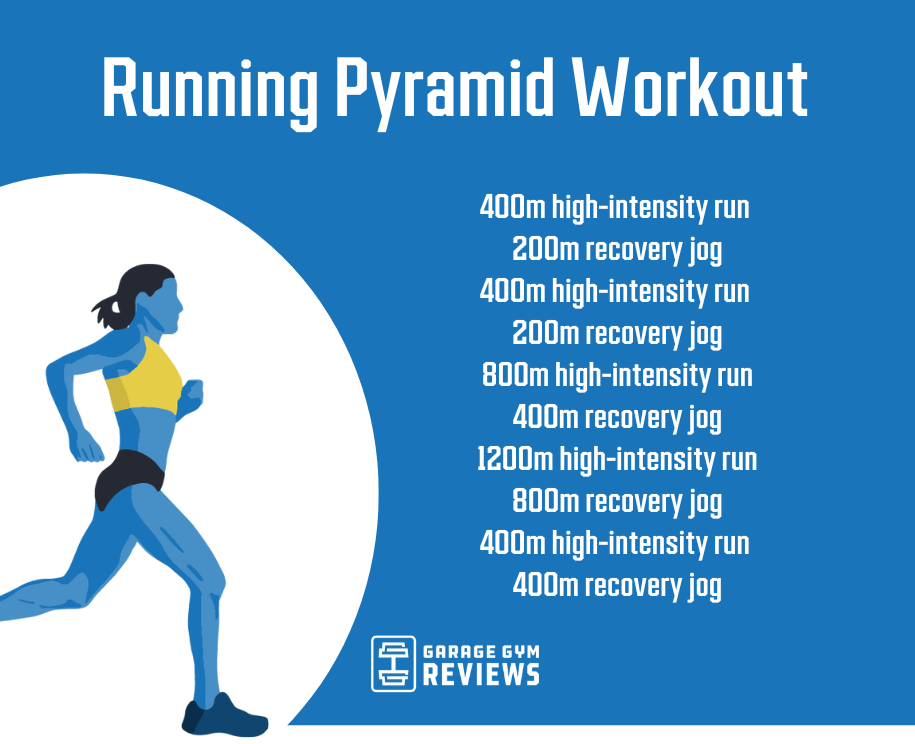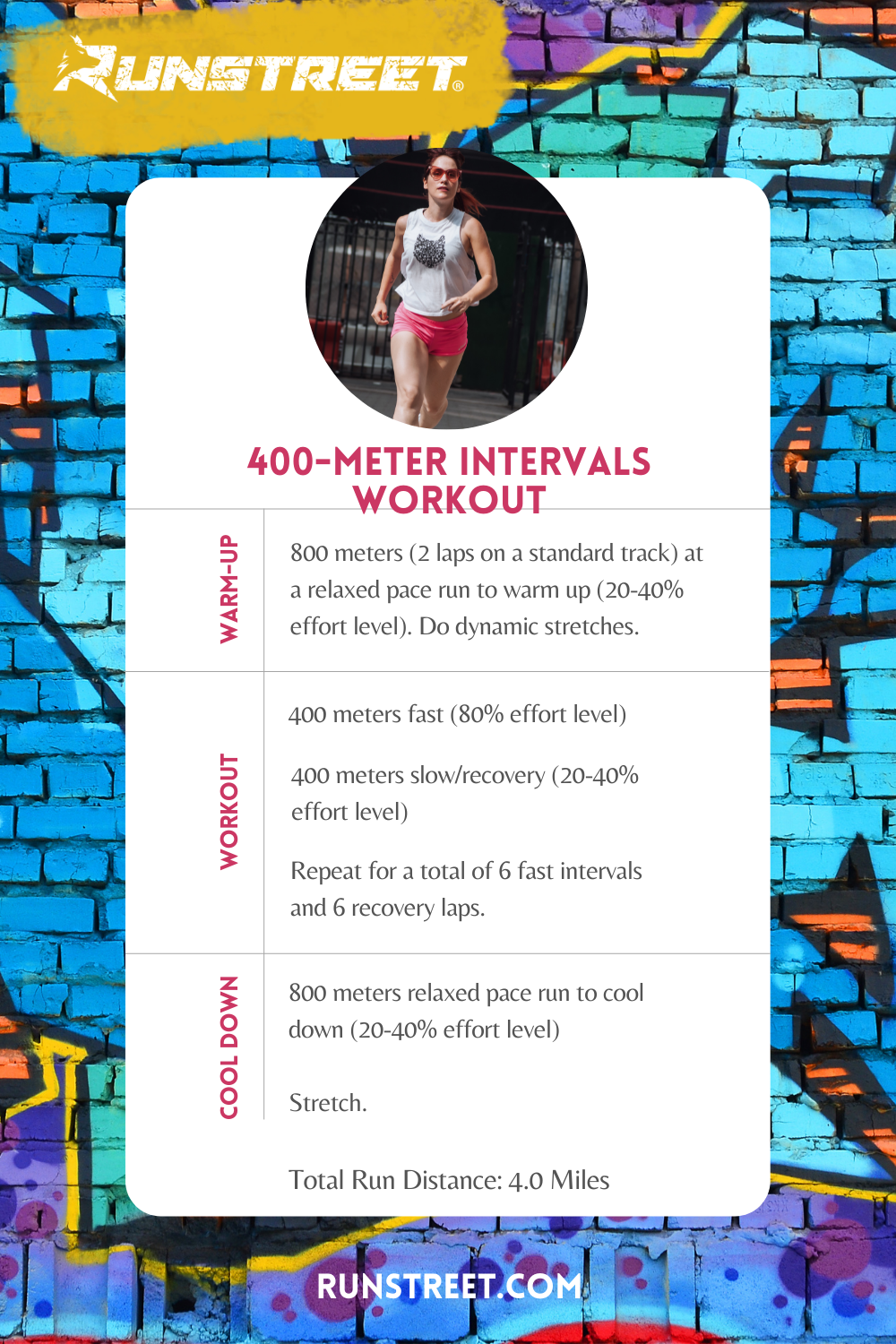Dealing With Typical Running Discomforts: Causes, Solutions, and Prevention
As runners, we usually come across numerous discomforts that can hinder our efficiency and satisfaction of this physical activity. By exploring the root factors for these operating discomforts, we can uncover targeted options and preventative steps to guarantee a smoother and a lot more meeting running experience.
Usual Running Discomfort: Shin Splints
Shin splints, a common running discomfort, frequently result from overuse or incorrect footwear during physical activity. This condition, medically called medial tibial tension disorder, materializes as pain along the internal edge of the shinbone (tibia) and prevails amongst professional athletes and runners. The repetitive stress on the shinbone and the cells connecting the muscle mass to the bone results in swelling and pain. Runners that quickly enhance the intensity or period of their workouts, or those who have level feet or inappropriate running methods, are particularly susceptible to shin splints.
To prevent shin splints, people ought to progressively enhance the strength of their workouts, put on proper footwear with correct arch support, and keep versatility and toughness in the muscle mass bordering the shin (running workout). In addition, incorporating low-impact tasks like swimming or biking can help preserve cardiovascular physical fitness while permitting the shins to heal.
Typical Running Discomfort: IT Band Disorder
Along with shin splints, one more common running pain that professional athletes commonly encounter is IT Band Syndrome, a condition brought on by swelling of the iliotibial band that runs along the outer thigh and knee. IT Band Syndrome generally shows up as discomfort outside of the knee, specifically throughout tasks like running or biking. The iliotibial band is a thick band of fascia that attaches the aware of the shin, and when it ends up being irritated or limited, it can scrub versus the thigh bone, causing discomfort and pain.
Runners experiencing IT Band Syndrome might see a painful or hurting experience on the external knee, which can intensify with continued activity. Factors such as overuse, muscular tissue inequalities, improper running form, or inadequate workout can add to the advancement of this condition. To stop and ease IT Band Syndrome, joggers ought to concentrate on extending and enhancing workouts for the hips and upper legs, proper shoes, progressive training progression, and addressing any kind of biomechanical problems that might be worsening the problem. Overlooking the signs of IT Band Disorder can result in chronic concerns and extended recuperation times, highlighting the value of early treatment and appropriate management approaches.
Typical Running Discomfort: Plantar Fasciitis

Plantar Fasciitis can be attributed learn the facts here now to different variables such as overtraining, improper footwear, running on hard surface areas, or having high arcs or flat feet. To stop and reduce Plantar Fasciitis, runners can incorporate stretching exercises for the calves and plantar fascia, wear supportive shoes, keep a healthy weight to minimize stress on the feet, and slowly enhance running intensity to avoid sudden tension on the plantar fascia. If symptoms linger, it is advised to get in touch with a medical care specialist for appropriate diagnosis and therapy alternatives to address the problem successfully.
Typical Running Pain: Jogger's Knee
After resolving the difficulties of Plantar Fasciitis, another widespread concern that runners usually encounter is Runner's Knee, an usual running discomfort that can impede sports performance and cause discomfort throughout physical task. Runner's Knee, also known as patellofemoral pain syndrome, manifests as pain around or behind the kneecap. Runners experiencing this discomfort might really feel a plain, aching discomfort while running, going up or down staircases, or after long term durations of sitting.
Typical Running Discomfort: Achilles Tendonitis
Commonly affecting joggers, Achilles Tendonitis is an uncomfortable problem that affects the Achilles tendon, creating pain and potential restrictions in physical task. The Achilles ligament is a thick band of cells that attaches the calf bone muscles to the heel bone, important for tasks like running, jumping, and strolling - find this. Achilles Tendonitis frequently creates because of overuse, improper footwear, insufficient stretching, or unexpected rises in physical activity
Signs of Achilles Tendonitis consist of discomfort and stiffness along the ligament, especially in the morning or after periods of lack of exercise, swelling that intensifies with task, and possibly bone stimulates in persistent situations. To stop Achilles Tendonitis, it is crucial to extend effectively previously and after running, put on ideal shoes with proper support, progressively boost the intensity of exercise, and cross-train to decrease repetitive stress on the ligament. Therapy may involve remainder, ice, compression, elevation (RICE protocol), physical treatment, orthotics, and in extreme situations, surgery. Early treatment and proper treatment are vital for managing Achilles Tendonitis effectively and protecting against long-lasting complications.
Conclusion
